How biologists are creating life-like cells from scratch
There were just eight ingredients: two proteins, three buffering agents, two types of fat molecule and some chemical energy. But that was enough to create
There were just eight ingredients: two proteins, three buffering agents, two types of fat molecule and some chemical energy. But that was enough to create
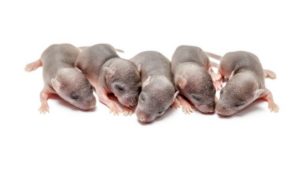
For the first time, researchers have used the DNA from two mouse mothers to create healthy pups, some of which matured and had their own
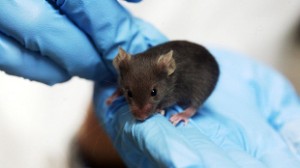
A consortium of 17 laboratories worldwide has presented results contradicting a highly cited study that described a technique to create conditional knockout mice using CRISPR.
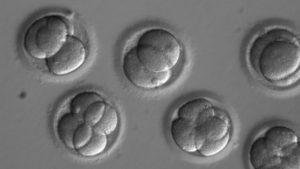
Using CRISPR, researchers have crafted a technique to study mammalian development in exceptional detail, according to a report published in Science yesterday (August 9). “This
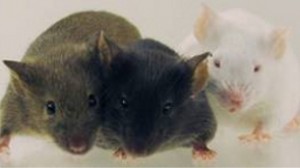
Two gene injections reprogram Müller glia into rod photoreceptors in the retinas of blind mice and partially restore the animals’ vision, researchers report today (August
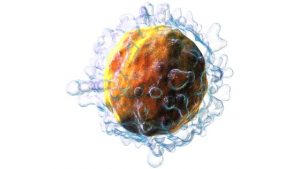
Immunotherapies that genetically modulate the antigenic receptors on a patient’s T cells—so-called CAR-T therapy—to seek out and destroy cancer have been met with favorable success

Immunotherapies that genetically modulate the antigenic receptors on a patient’s T cells—so-called CAR-T therapy—to seek out and destroy cancer have been met with favorable success
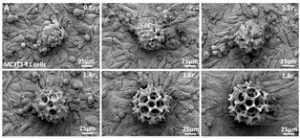
Researchers used magnetically driven microrobots to carry cells to predetermined spots within living zebrafish and mice, they report in Science Robotics today (June 27). The
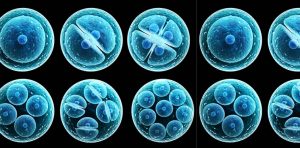
One of biology’s great mysteries is how a single fertilized egg gives rise to the multitude of cell types, tissues, and organs that fit together
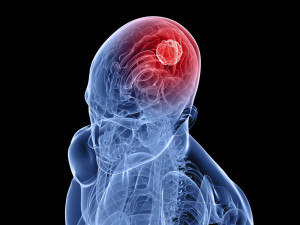
cientists at Washington University in St. Louis say they have developed a technique employing focused ultrasound and microbubbles to release brain tumor mRNA into the

Highlights Optopharmacological approaches enable the engineering of light sensitivity into ion channels that are naturally not responsive to optical stimulation. As single side-chain probes, genetically
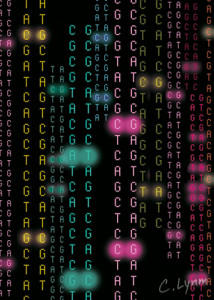
Loud sounds, infections, toxins, and aging can all cause hearing loss by damaging so-called hair cells in the cochlea of the inner ear. In a
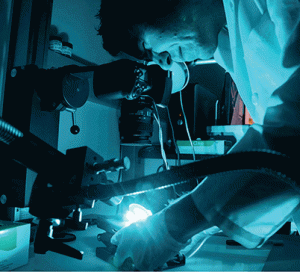
Forensic evidence plays a critical role in court proceedings and the administration of justice. It is a powerful tool that can help convict the guilty

Camelids such as camels, llamas, and alpacas make an unusual class of antibodies with a growing number of applications in biomedical science. But researchers wanting
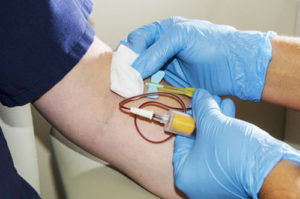
A research team headed by scientists at Johns Hopkins Kimmel Cancer Center has developed a multianalyte blood test that can screen for eight common forms
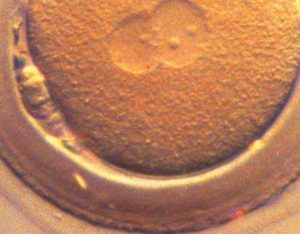
Last May, to much fanfare, an international group of researchers published two papers describing a new in vitro system that had maintained human embryos in
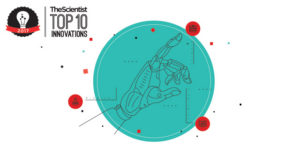
Innovation comes in many forms, molded into various outlooks, adapted to shifting time frames. Sometimes, technological and conceptual progress is undergirded by a more expansive
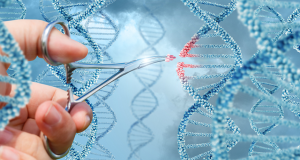
Highlights •Trim-Away is a widely applicable method to degrade endogenous proteins •Target proteins do not need to be modified before degradation •Proteins are degraded within

arly in 2016, a woman went to a clinic in Dallas to have a genetically modified adeno-associated virus injected into her eye. The woman was
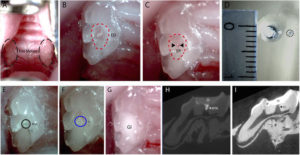
The restoration of dentine lost in deep caries lesions in teeth is a routine and common treatment that involves the use of inorganic cements based

By now, if you aren’t aware of the association between smoking and lung cancer, then it is possible you may have just awoken from some
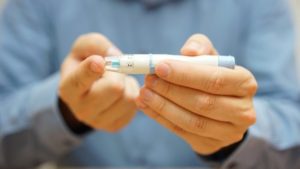
In the early 2000s, a long-standing problem affecting diabetes sufferers around the world seemed on the brink of being solved. After years of research and
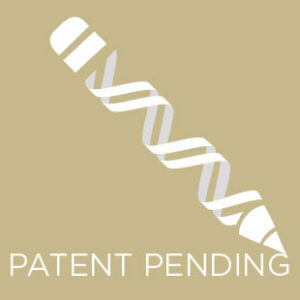
In May 2012, the University of California, Berkeley, filed a patent application for biochemist Jennifer Doudna and the University of Vienna’s Emmanuelle Charpentier, then of

The Nobel Prize in Chemistry was awarded this morning (October 4) to three scientists who developed cryo-electron microscopy, a method that allows scientists to freeze
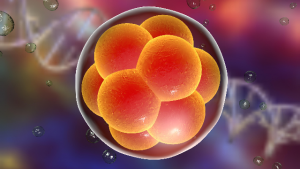
A team of Chinese researchers who were the first to report having applied CRISPR to human embryos have done it again—this time upgrading their technique
Created by ePubSystems. Contact Us for similar site for your university or institute.